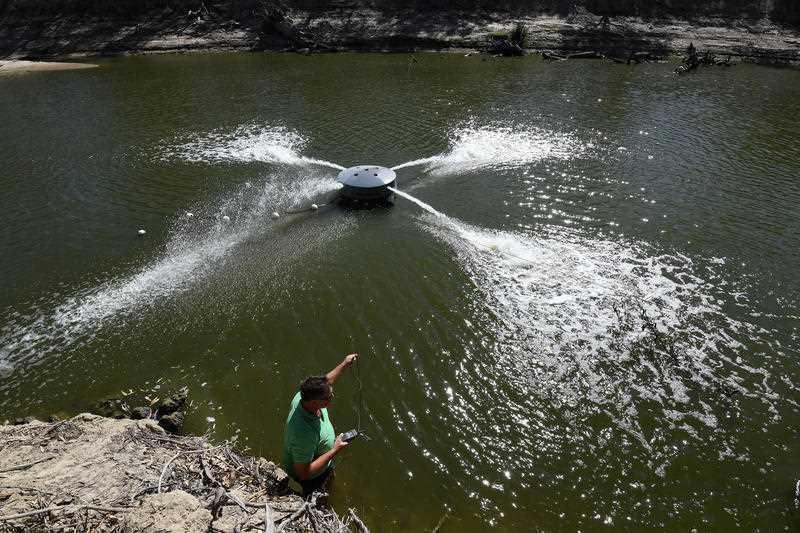Higher than average rainfall has resulted in water storage levels along the Murray-Darling Basin to be “near full” and/or “spilling” along various points, with one area hitting a six-year high, a report has found.
This comes as Victorian Farmers Federation (VFF) Water Council Chair Andrew Leahy criticises the federal government’s policy to recover the controversial 450 gigalitres of water for the environment through “efficiency measures.”





